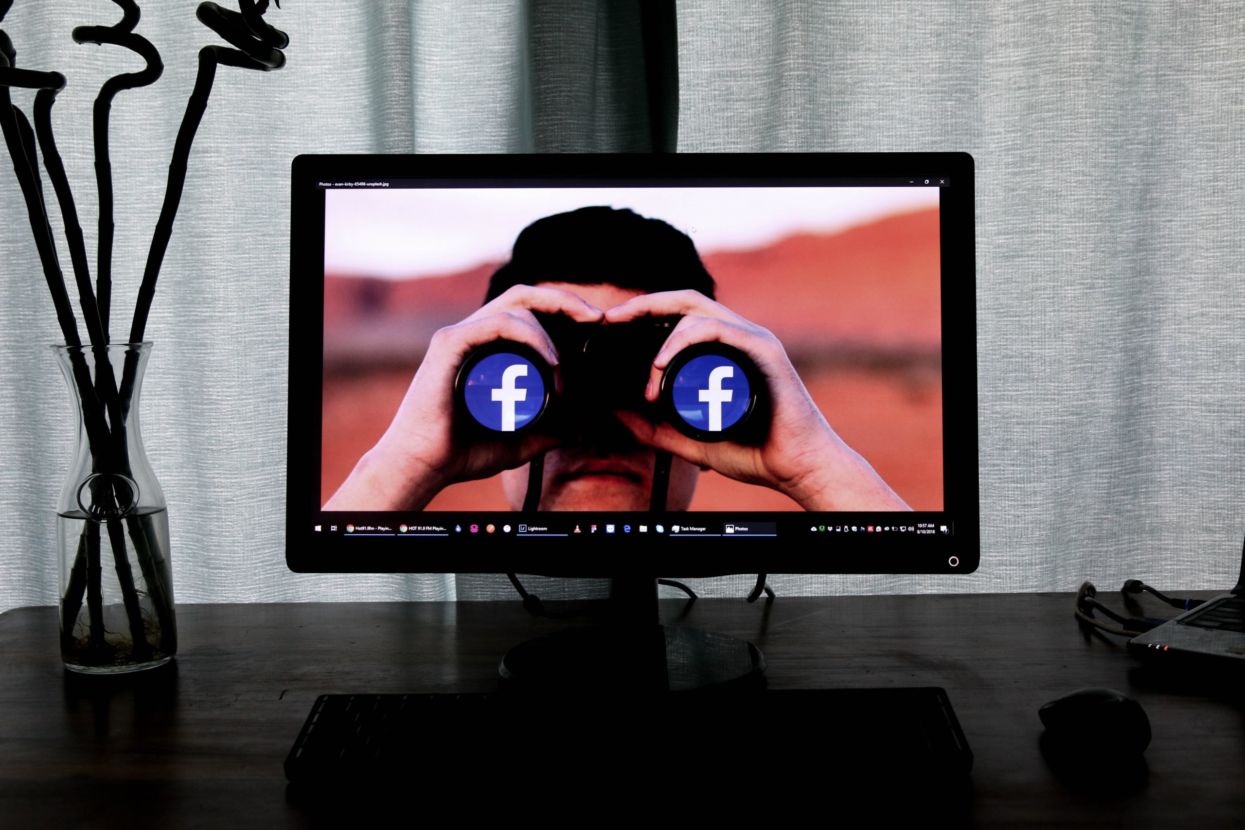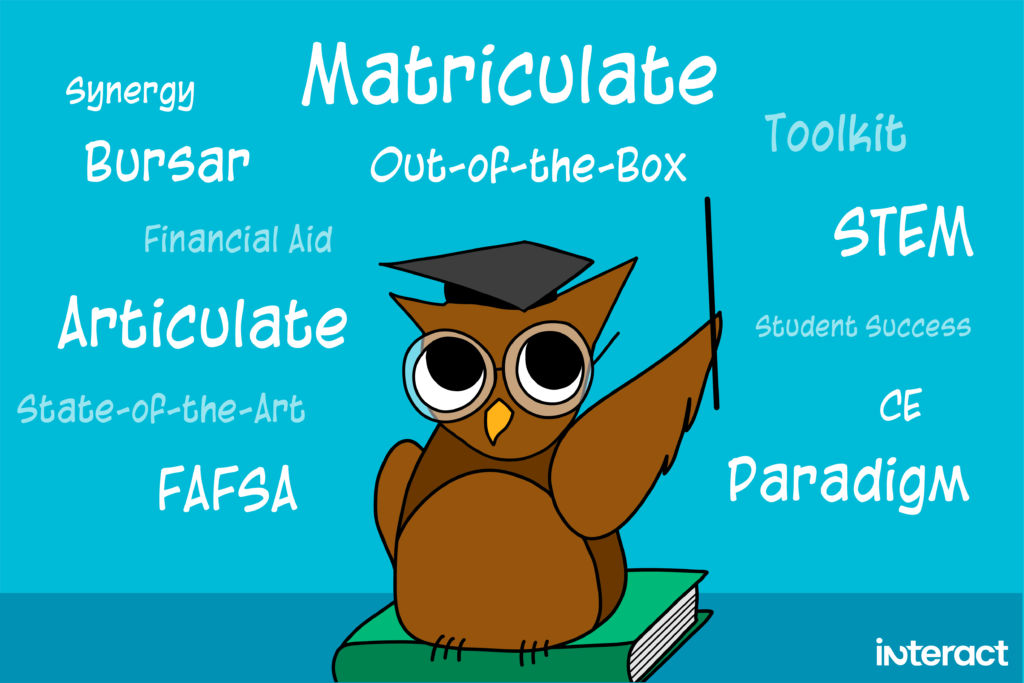Each day, the average Jo gets 121 emails in their work inbox out of the 8 million emails that are sent every second—or 294 billion emails every day. If that makes you feel like the swirly-eyed emoji, we understand (especially when you realize that 59% of folks check their email on the toilet, but we’re not going to go there). To boost your communication, try some simple email tips.
Though sometimes your inbox might resemble a swamp, a tornado, or a teenager’s bedroom, three-fourths of adults still prefer email for commercial communication. To gain trust and garner a positive response in this oh-so-popular mode of communication, your email needs to clear.
A poorly written email might not only cost professionalism, but it can also land you into deep waters (remember Hilary Clinton? Martha Stewart?). And while I don’t even play a lawyer on TV, as a word nerd, I can share five simple email tips to help you communicate more effectively.
1. Email Tip #1: Subject to Reject
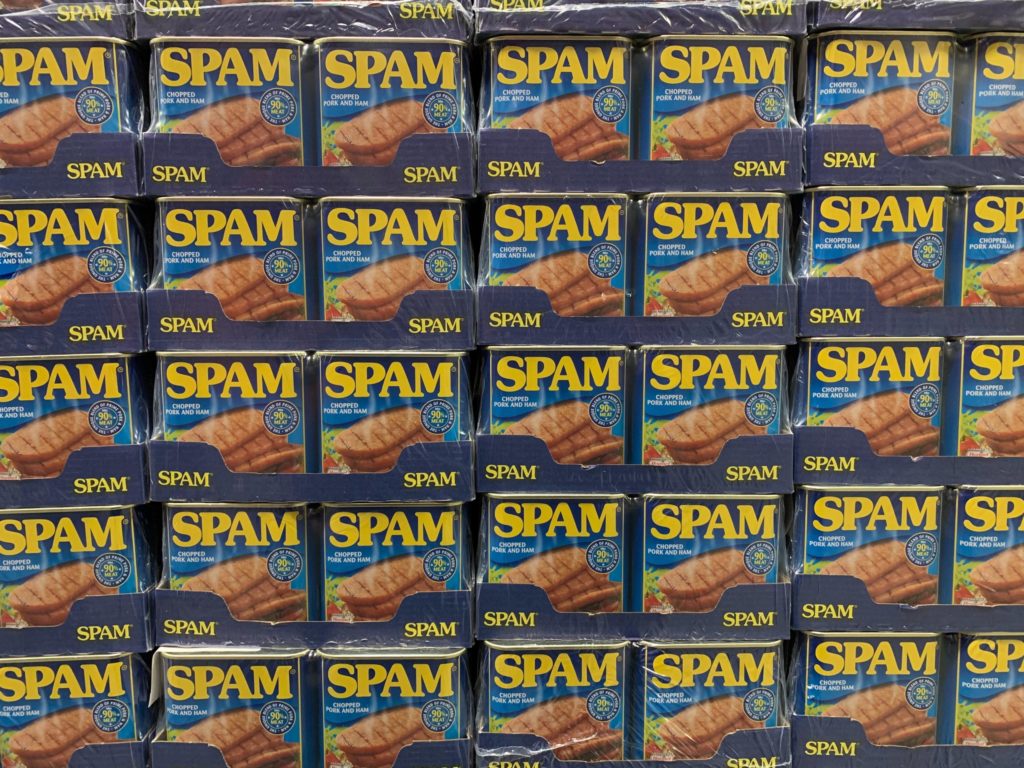
According to E-Shot, 35% of recipients open emails based on the subject line alone, while HubSpot maintains that emails that include the recipient’s name in the subject have a higher click-through rate.
It doesn’t matter if your email is urgent, extraordinary, or life-changing: without a solid header, your email is heading to the spam folder.
Super simple subject tips:
- Keep it short. Experts like Mailchimp recommend stating it in nine words or less.
- Keep it simple and to the point. What is the purpose of your communication? “Hi” might not be enough to entice your recipient to open, let alone reply.
- Make it personal, and consider adding your recipient’s name. Speaking of which…
2. Tip #2: Let’s Get Personal

A personalized email has a better chance of eliciting a positive response:
- Always open and close your emails with a greeting. You wouldn’t call someone on the phone without saying “hello,” or hang up before saying “goodbye.”
- “To whom it may concern” sucks all the potential for connection out of your communication. Do your homework. If you can’t find a name for the person, at least say something like, “Dear manager.”
- Consider your reader and tailor your tone accordingly. To strike the right tone, I regularly look up new contacts on LinkedIn to get a feel for them before I reach out. Find a balance between being casual and formal, depending on whom you are contacting.
- Use exclamation points sparingly, and refrain from emojis, abbreviations like “LOL,” or gifs, unless you have a close, informal relationship with your recipient.
- Always use a signature to provide your relevant contact info. Details to include are your first and last name, business website, phone number(s), and even a link to your LinkedIn profile.
3. Tip #3: Brevity Is the Soul of Email

We’ve all had the experience of opening a message and receiving the email equivalent of War and Peace. Symptoms include eyes glazing over, indigestion, and the pressing of the delete button.
Keep it short:
- Don’t waste your reader’s time. Be as clear, concise, and to-the-point as possible.
- Link or attach longer documents so your reader can take a deeper dive at their convenience, instead of cutting and pasting long passages.
- Have one topic or project per email so your recipient can quickly read and respond.
Using simple stock phrases can also help you draft to-the-point emails (though try to make them sound heartfelt, not flat).
Here are some of my favorite stock phrases:
Openers
- I hope you had a good weekend.
- Hello ______, I received your contact information from _____. (initial contact)
- This is just a quick reminder…
Requests
- I’d really appreciate it if you could…
- Please let me know what you think.
Closers
- Thanks again for your time.
- I await a response at your earliest convenience. (formal)
- Looking forward to hearing from you. (informal)
4. Email Tip #4: Falling into a Comma
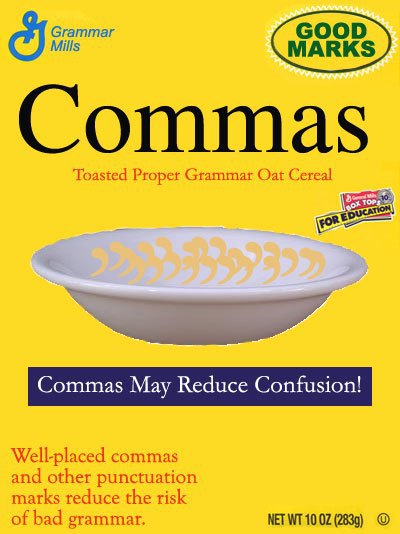
Though it takes only a nanosecond to send an email on your phone, pause and make sure your message is error-free. After all, something like a simple comma can be the difference between life and death:

All jokes aside, the lack of a comma has even led to legal trouble, costing one company millions of dollars. Though you may not like the serial comma, consider employing it in your emails.
The serial or Oxford comma is the last in a series (shown here in red: I like bananas, mangos, kiwis, and blueberries).
Even AP Style agrees using that ultimate comma is imperative if it improves clarity:
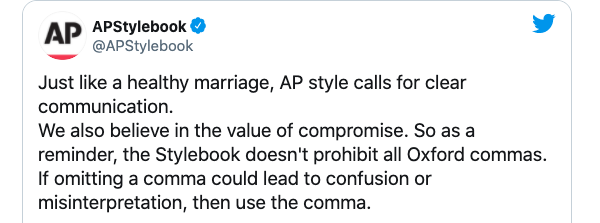
5. Tip #5: Proofreading Like a Pro
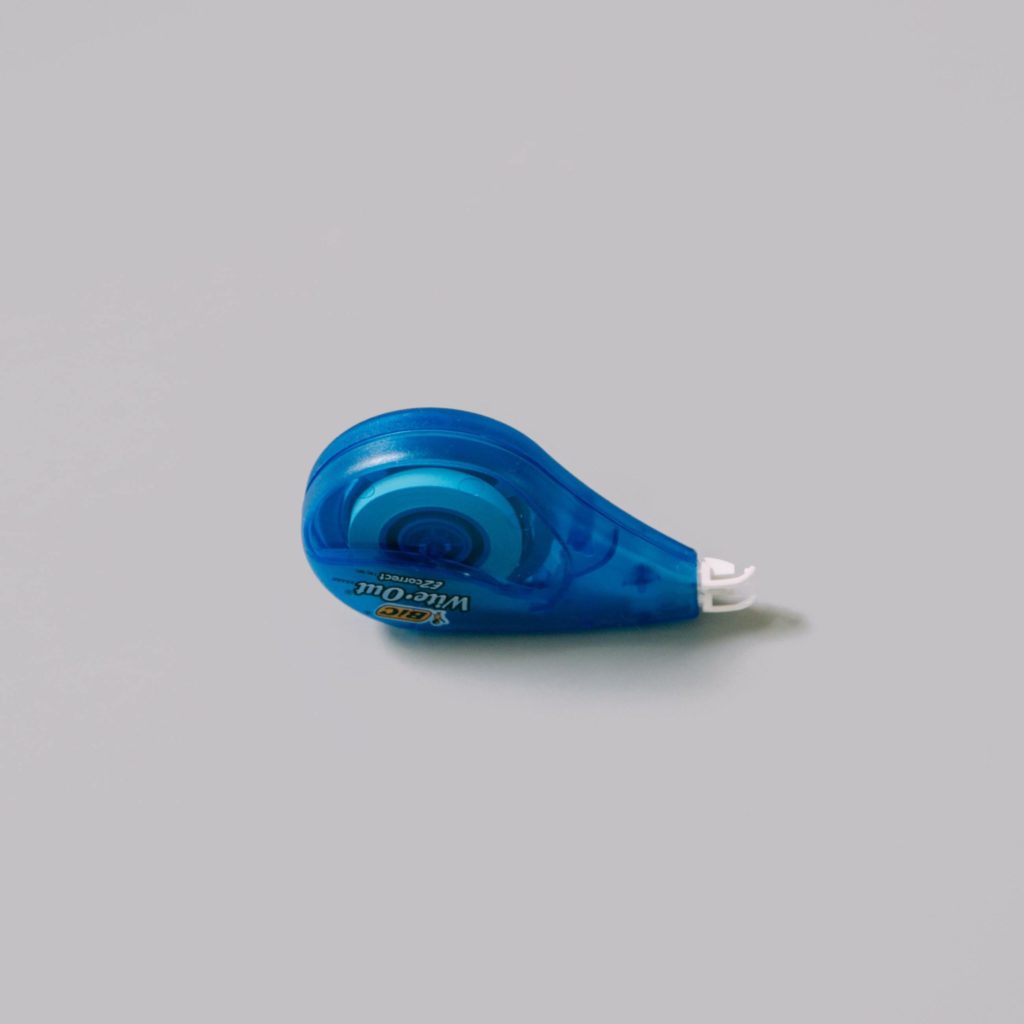
An email riddled with mistakes can communicate many things, among them not having care or respect for the recipient, a precedent for slipshod work, or a lack of intelligence. (Just imagine the fearful face emoji here.)
Stay professional and take a moment to proofread. There are numerous browser add-ons you can use to eliminate spelling mistakes and grammatical blunders. My personal favorite is the Grammarly Chrome extension, with over 10 million users.
And, beware of your phone’s autocorrect. When emailing from a mobile device, it’s even more critical to proofread:

A good rule of thumb for emails (and texts) is to re-read and edit before you send. While you’re at it, double-check if you’re set to “reply all” and save yourself from the shame of the overshare.
Key Email Tip Takeaways
- Craft short, relevant subjects.
- Show your recipient you care: open and close your emails, tailor your tone, and always use a signature.
- Keep your email short and sweet, and try using stock phrases.
- Consider your commas and punctuation.
- Always proofread, especially on a phone.
Last but not least, remember to respond to the emails you receive as soon as you can to build good communication and trust.

What’s your favorite email-savvy tip? Let us know on LinkedIn or Facebook!
Do you have a question about avoiding email errors? You can also drop us a line anytime—we’re always happy to help.
Written by “word nerd” and Interact copywriter Rachel Rosen-Carroll. For fun, Rachel reads style guides and the dictionary. (She prefers The American Heritage Dictionary… We wouldn’t make this up.)
When she isn’t writing feature stories about inspiring community college alums, she’s working on her YA novel, short stories, and poetry, and she has been published by various lit journals.
Keep reading:
